Tag: STCP
-

The Tram cars of Porto
The history of the many types of Porto tram cars is complex. On other pages the individual types will be discussed. On this page is an overview about their common history.
-
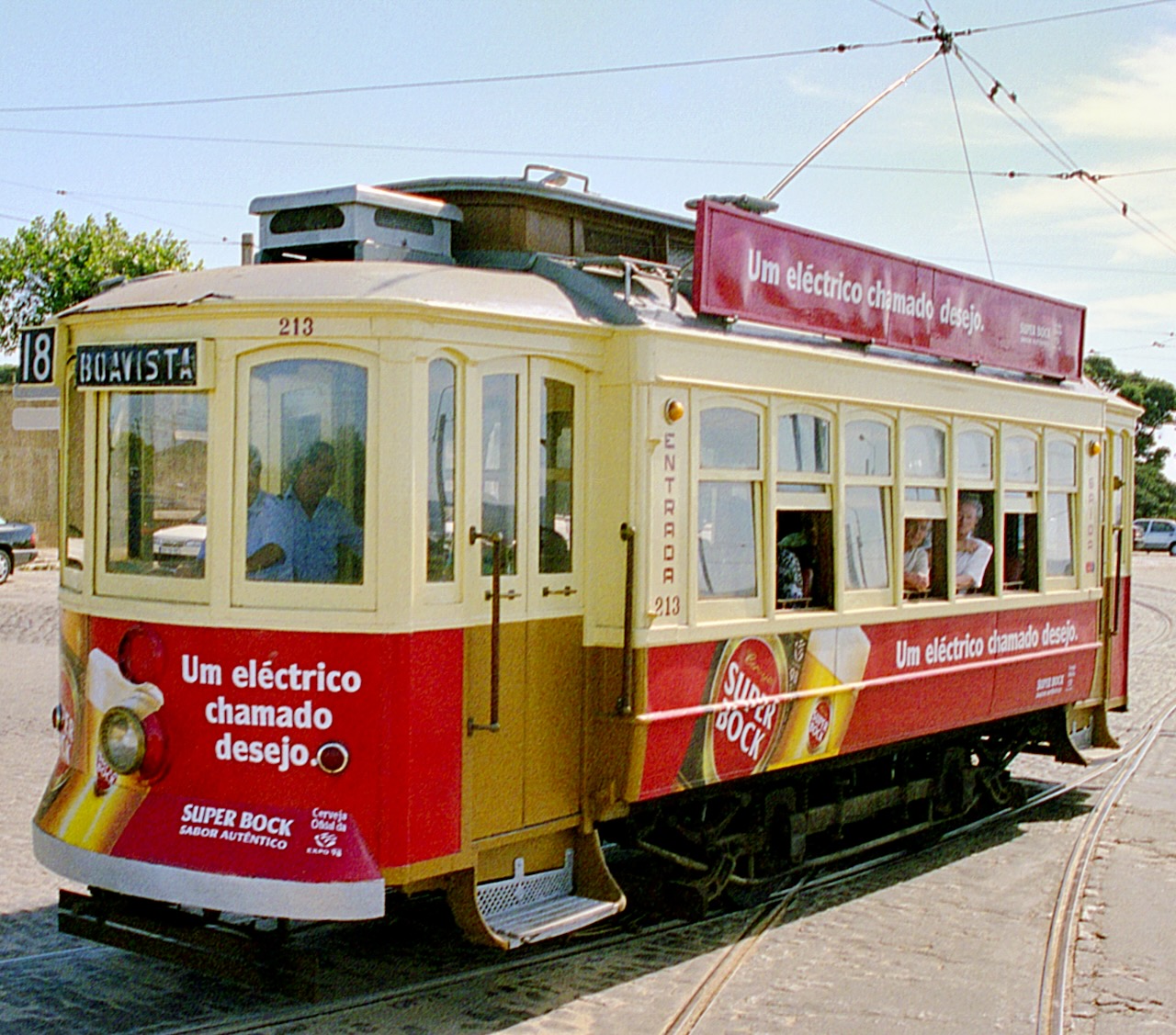
Brill-28 Plataforma Salão
In 1938 (re)construction of the Brill-28 ceased in favour of reconstruction into the Brill-28 Plataforma Salão model. In total 24 to 26 were made until 1946. Work on the last one only began short before take over by the STCP on 1 July 1946 and the car was only ready after this date.
-
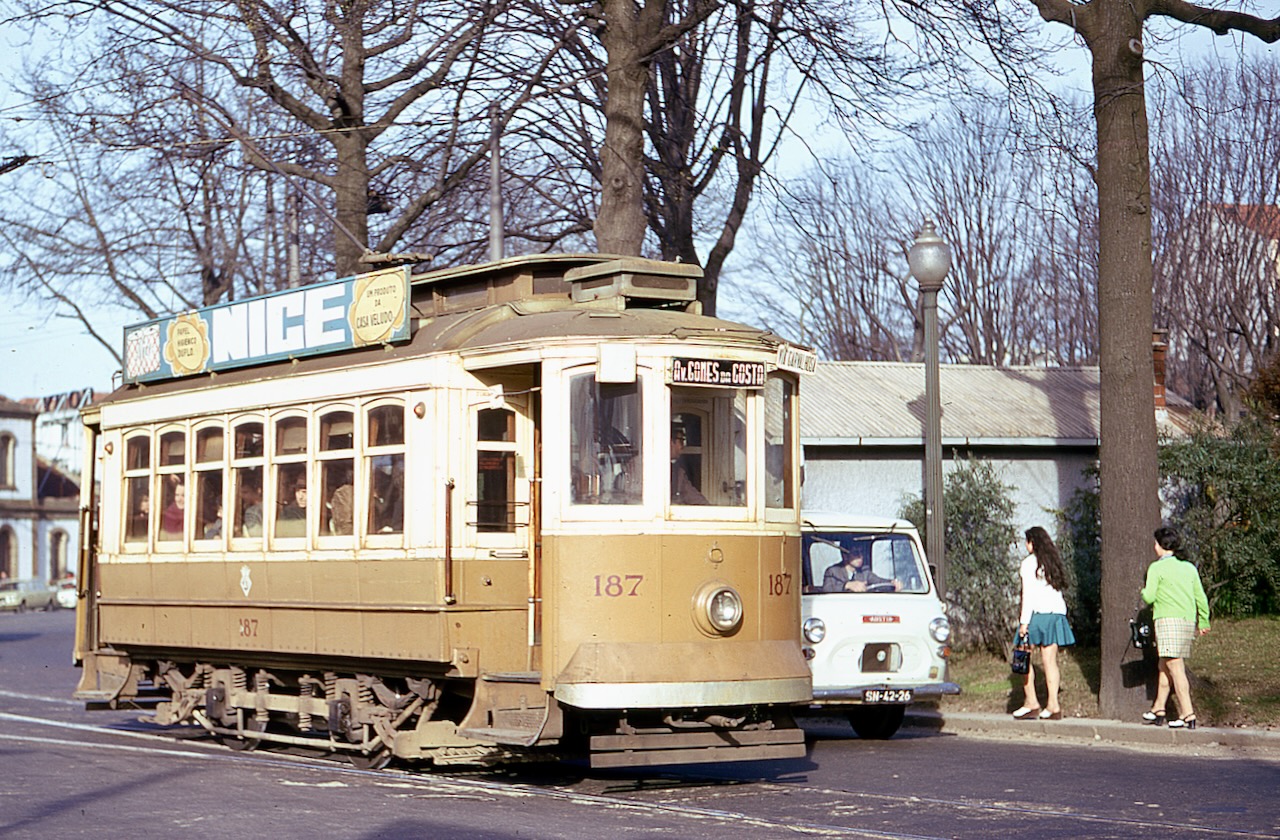
Brill-28
To get cars with more capacity the CCFP started about 1925 to widen Brill-23 cars from 2.20 m to 2.40 m. This made it possible to have the seats in a 2+2 arrangement instead of the old 2+1. The seating capacity became 28. Not only were old Brill-23 cars reconstructed, new cars of the Brill-28…
-
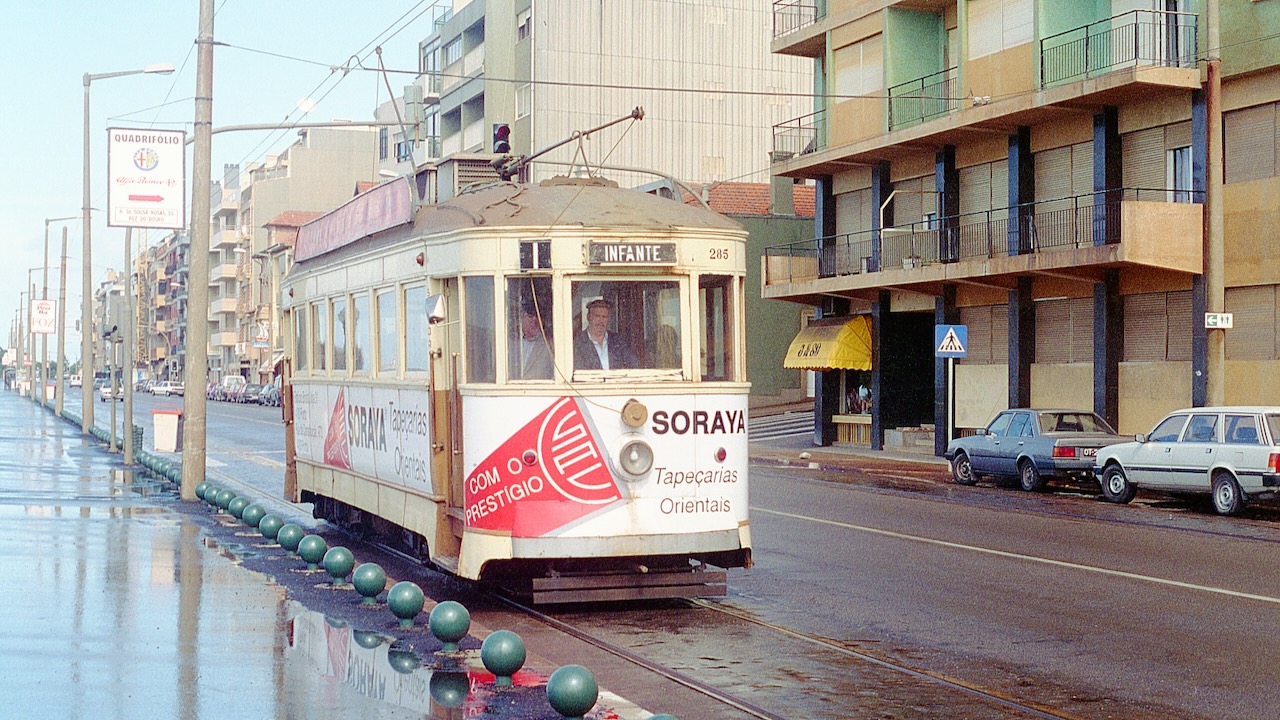
Belgas
After the 1928 Boavista fire ten new tramcars were acquired from Familleureux in Nivelles, Belgium. Delivered late in 1928, most entered service in the beginning of 1929. The bodies with large windows and without clerestory roofs are completely different from the American style, which was normally used in Portugal. The CCFP numbered the Belgas as…
-
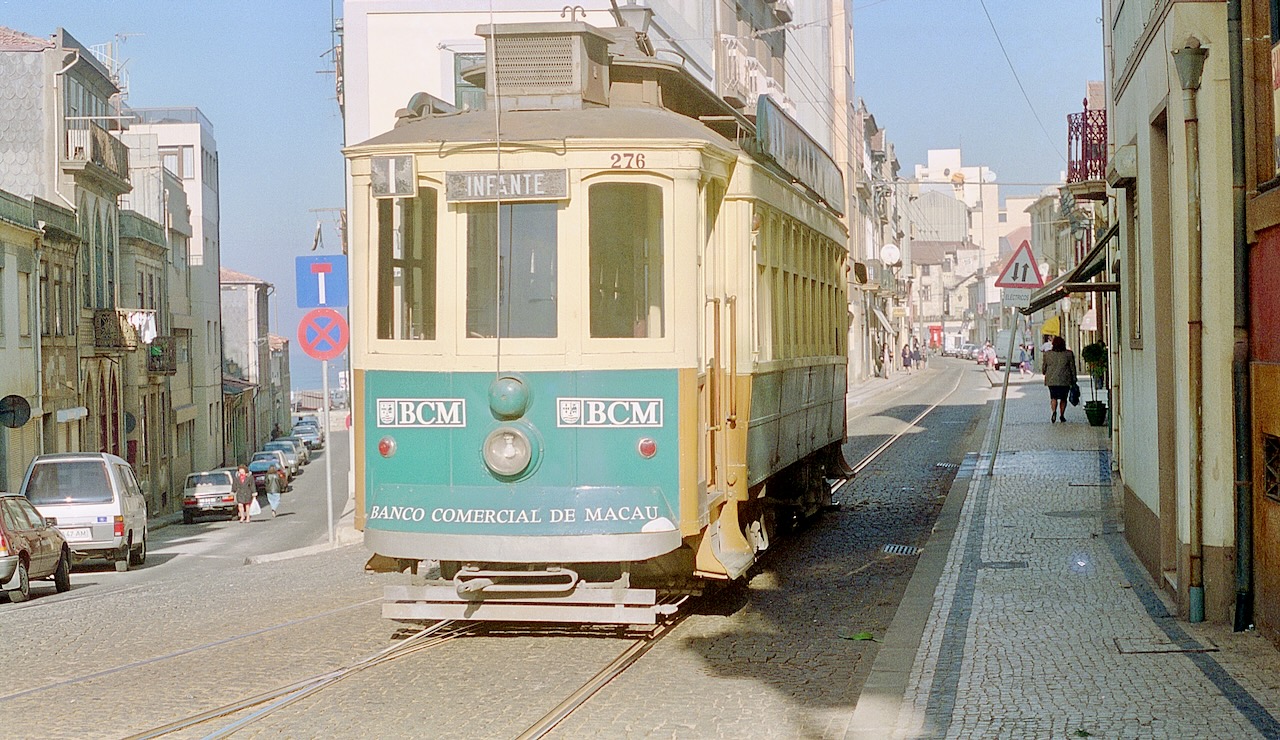
Brill-bogie trams of 1926/8
In 1926 the workshops of the CCFP constructed two new bogie cars inspired by the car delivered by Brill in 1904.These cars were wider than the original and got extended platforms. They had the numbers 200 & 201. In 1928 six more cars were constructed. These were a few centimetres wider and longer and numbered…
-
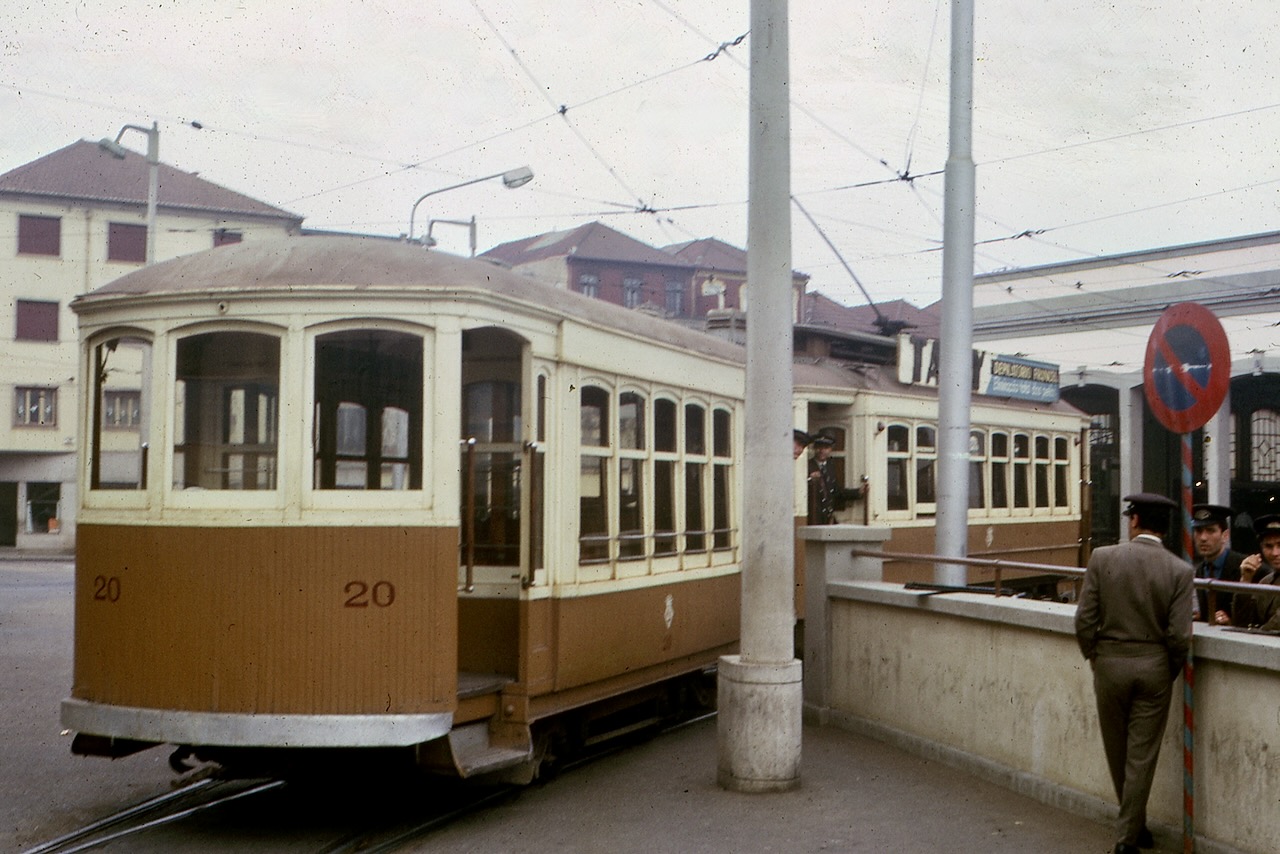
Fumista trailers
In 1934 the workshops made three trailers of the Fumista type. Trailer use with the CCFP was limited to the lines 1 and 5. The STCP used these trailers also on line 9// after through running to Gaia was abandoned by suppressing line 14/. They were withdrawn from service in 1966.
-
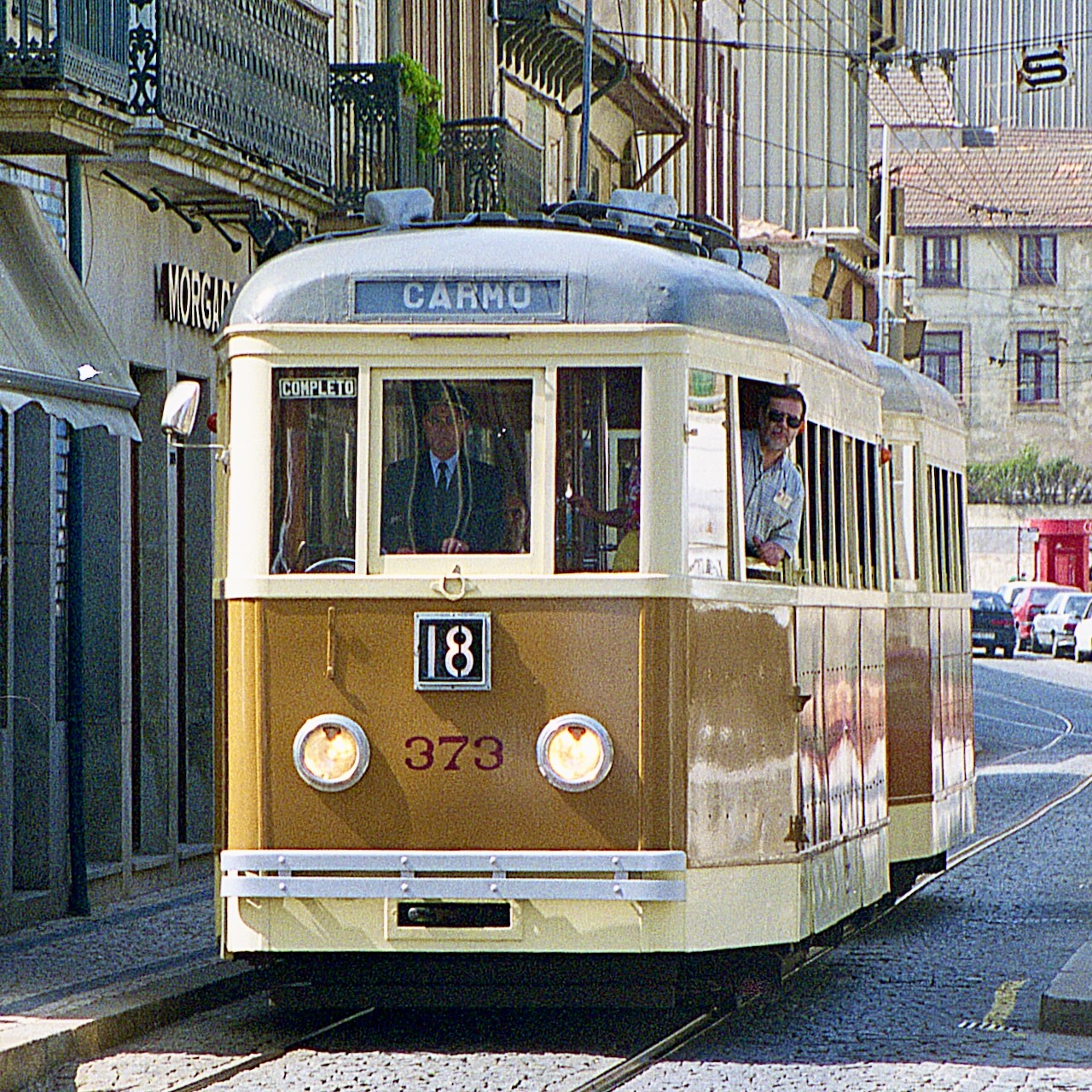
Pipis and Pipizinhos
When taking over the old tram system of the CCFP in 1946, the STCP wanted to modernise the old fleet. As available funds were insufficient to acquire new trams from abroad, new constructions were limited to simple cars with antique types of trucks and electric equipment. A tram set consisting of motor car + trailer…
-
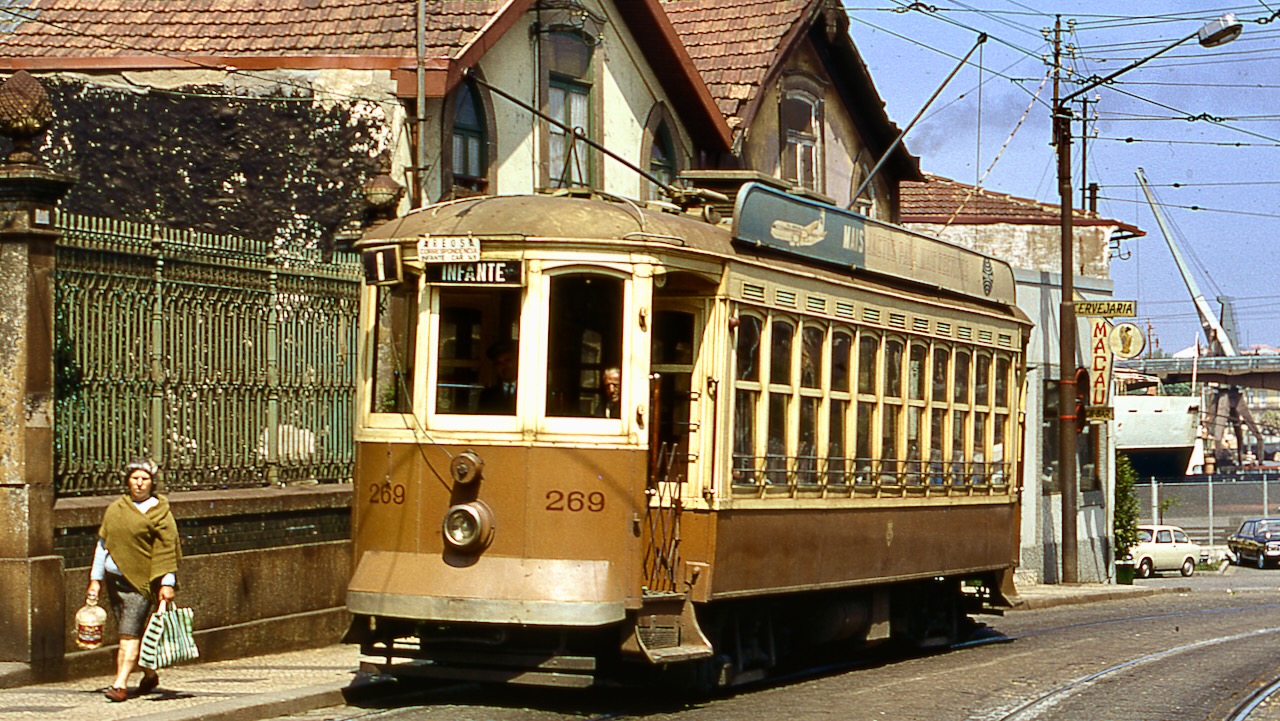
Fumistas-bogie
In December 1930 the workshops started the construction of four cars, which were the bogie version of the Fumistas. The very deep windows however could be removed during the summer period. When open it was allowed to smoke in the cars, which gave them their nickname. Converting the cars twice a year was abandoned in…
-
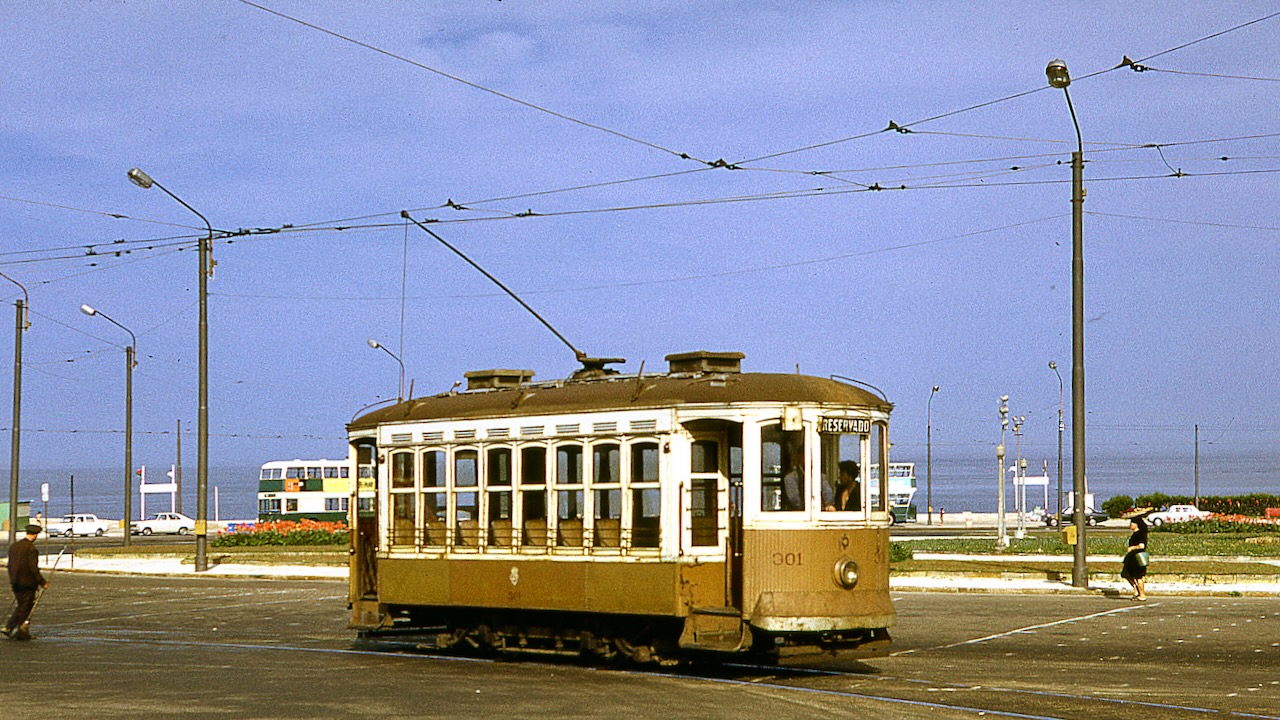
Fumistas
Probably inspired by the Belgas the workshops constructed in 1929 and 1930 sixteen 4-wheel cars with the same type of modern roofs as the Belgas. The very deep windows however were in the more American style, although not of the semi-convertible construction as the Brill cars. Instead of that the windows could be removed during…
-
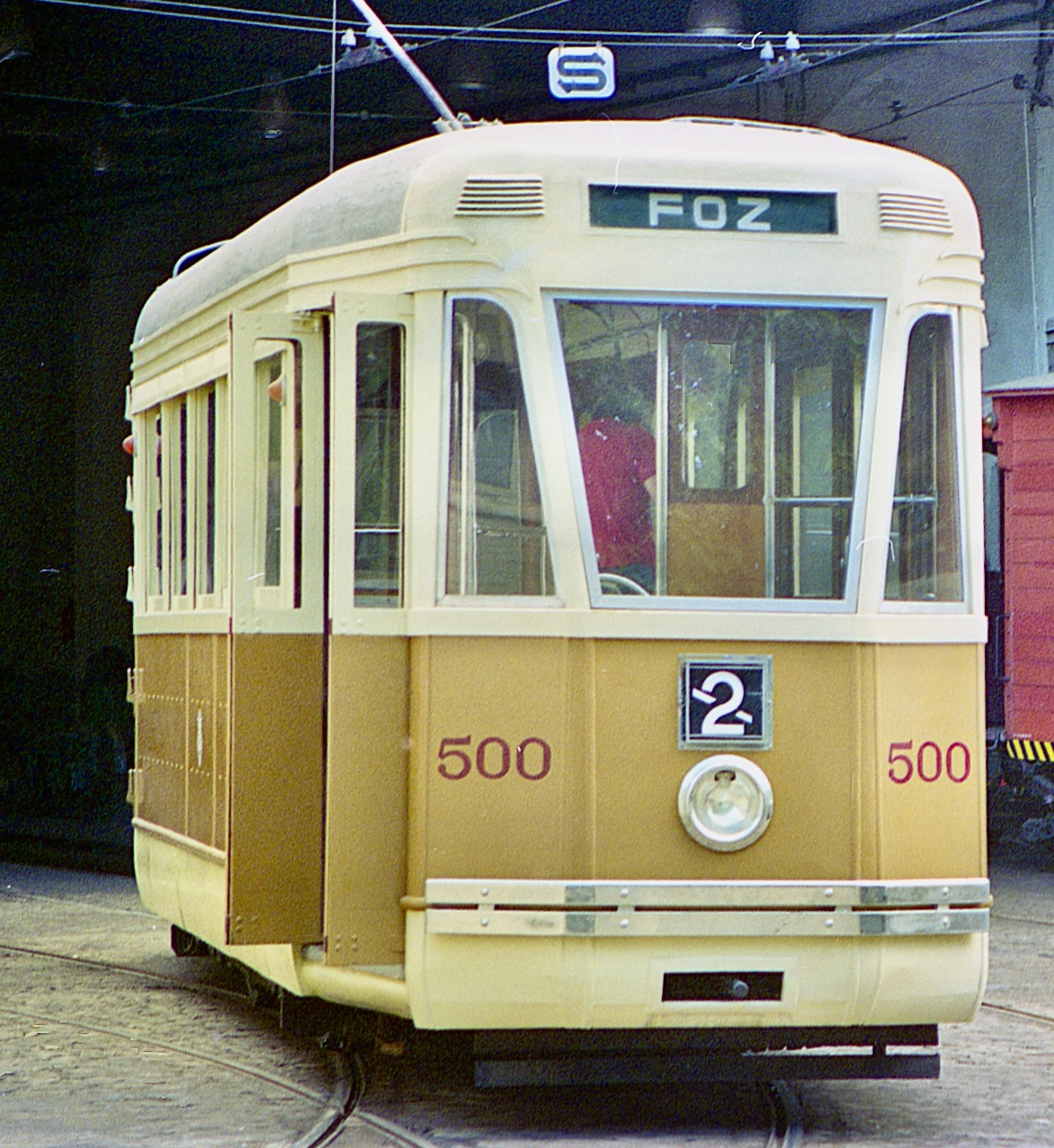
Carro 500
In 1951 the workshops of Boavista built a prototype for the intended new generation of trams including double-ended modern bogie cars. In the end these new cars were never built.
-
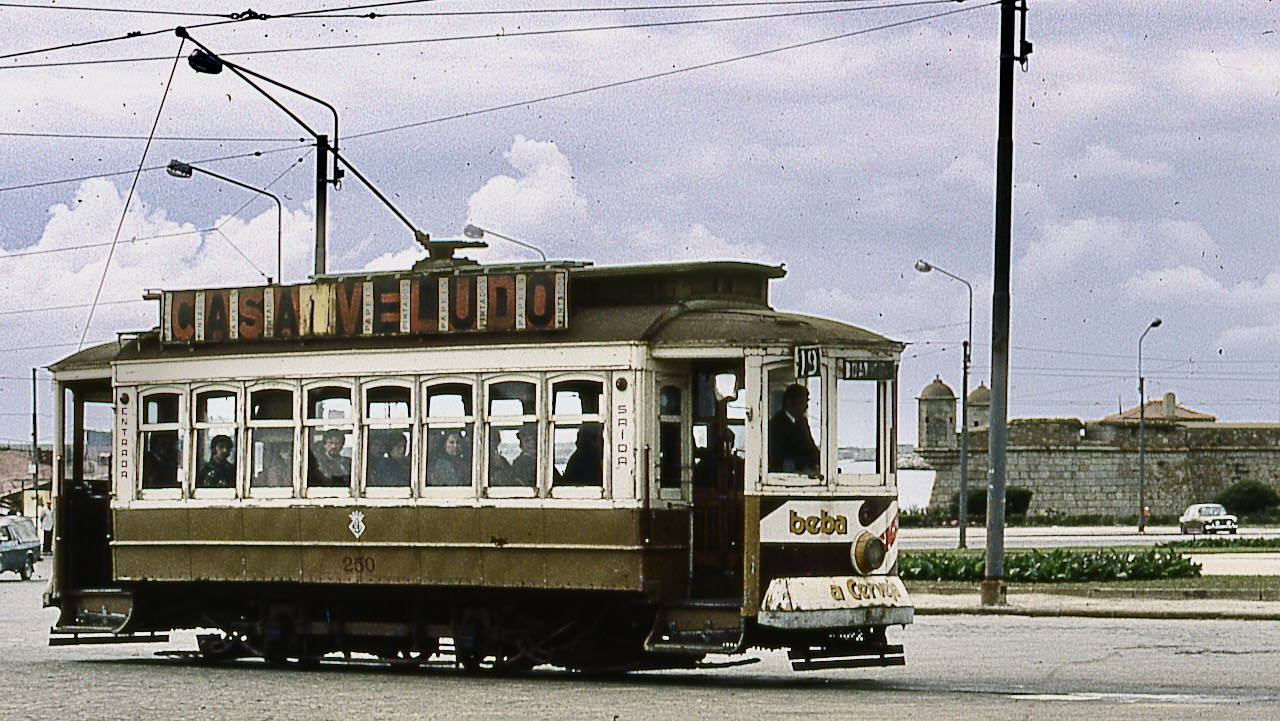
Brill-32
In the years 1926-1928 the workshops constructed 12 cars equal to the Brill-28 type but with an extended saloon with eight windows at each side instead of seven. These trams seated 32.
-
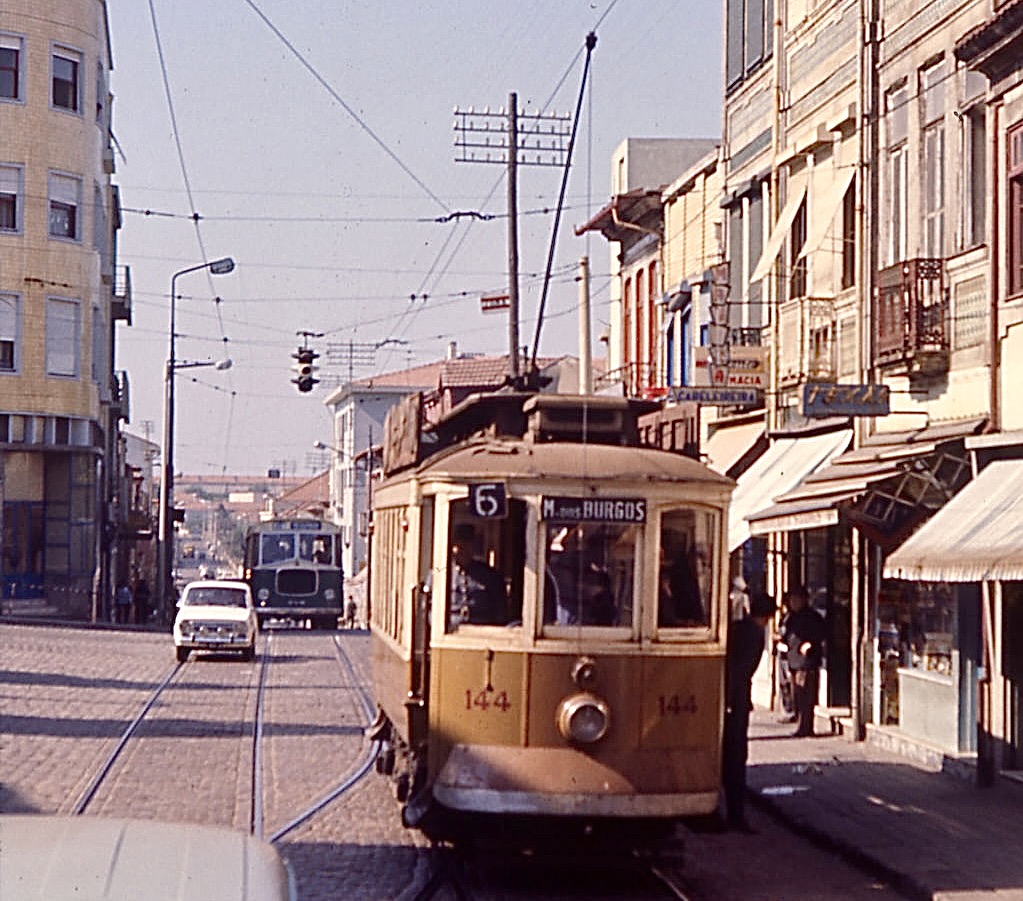
Brill-23
In 1909 the CCFP ordered 20 cars from Brill. These four-wheel cars were built to the Brill patented “grooveless post” semi-convertible design. Together with the Carros Ingleses these were the first tramcars with windscreens.
-
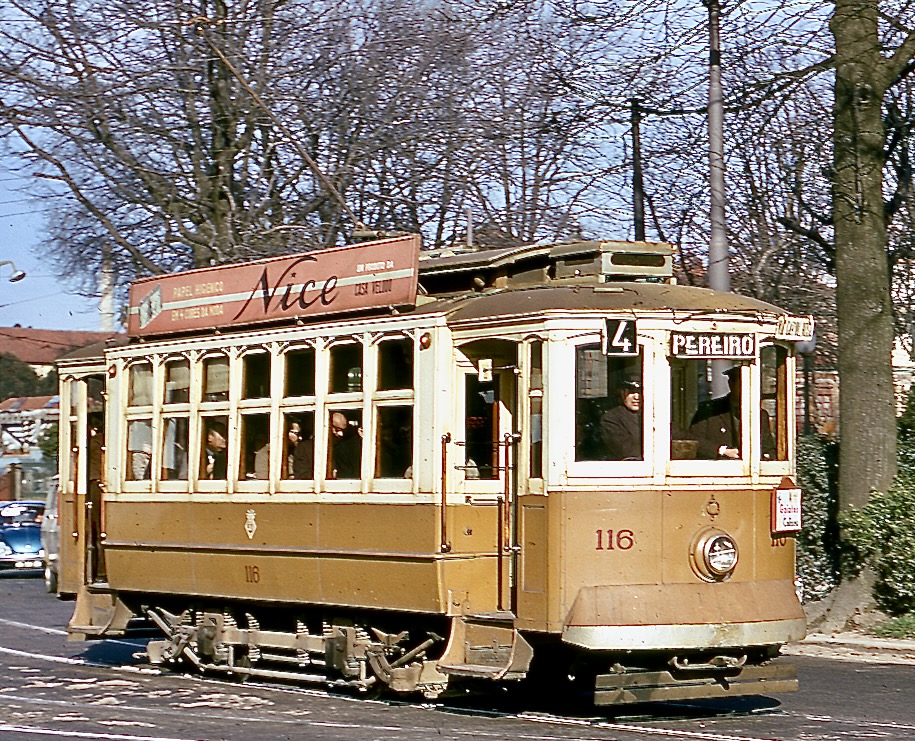
Carros Ingleses
In 1909 the CCFP ordered five cars with 7 drop windows each side from UEC of Preston in England. Together with the 4-wheel Brills these were the first tramcars with windscreens. The original numbering was 202-206, but was in 1913 changed to 296-300. The electric equipment came from Siemens-Schuckert. 296-299 got new Siemens D58 motors…
-
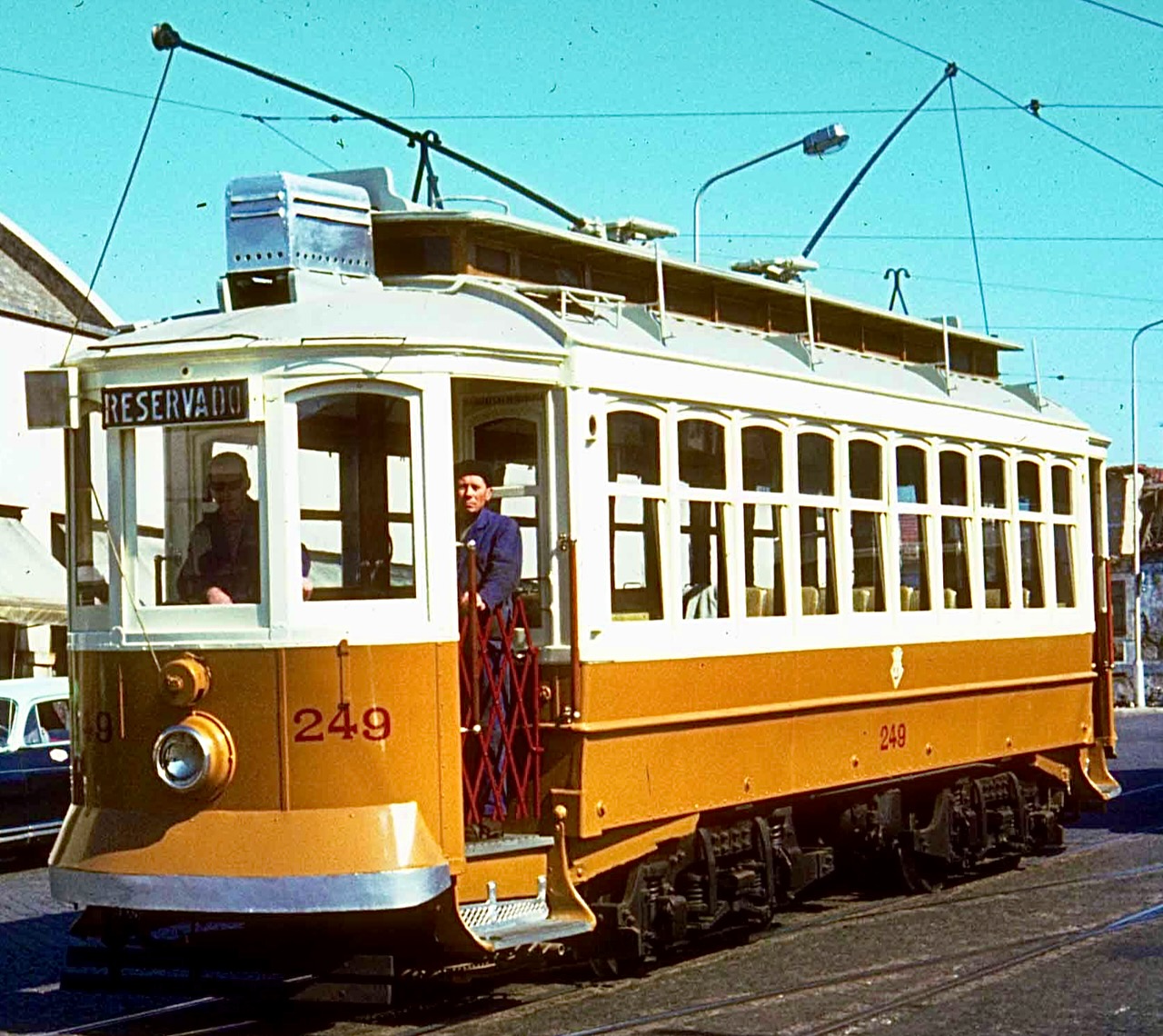
The Brill bogie tram of 1904
In 1904 from J G Brill Philadelphia an order was done for a Brill patent “grooveless post” semi-convertible car on Brill 27G bogies. The car was intended to be used on the “Marginal” (line 1) and got four Siemens motors because of the 10% incline at the East side of the Jardim do Infante. The…
-
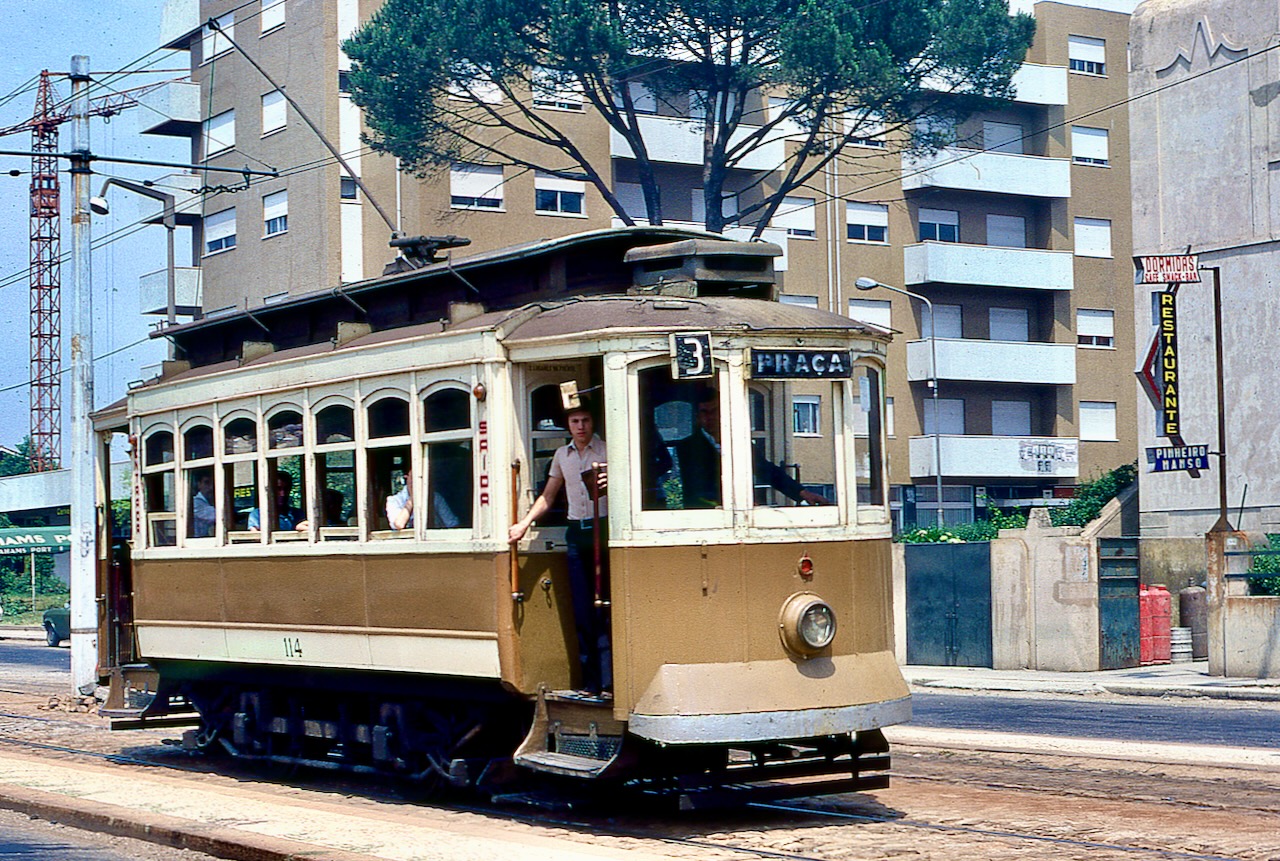
The 7-window Constructora trams
In 1907 A Constructora made two new tramcars with seven windows at each side and seating for 23 with transverse benches. These cars got the numbers 199-200. In the same period the workshops of the CCFP converted 6-window tramcar no.46 as well into a similar 7-window car. This car got the number 201 and had…
-
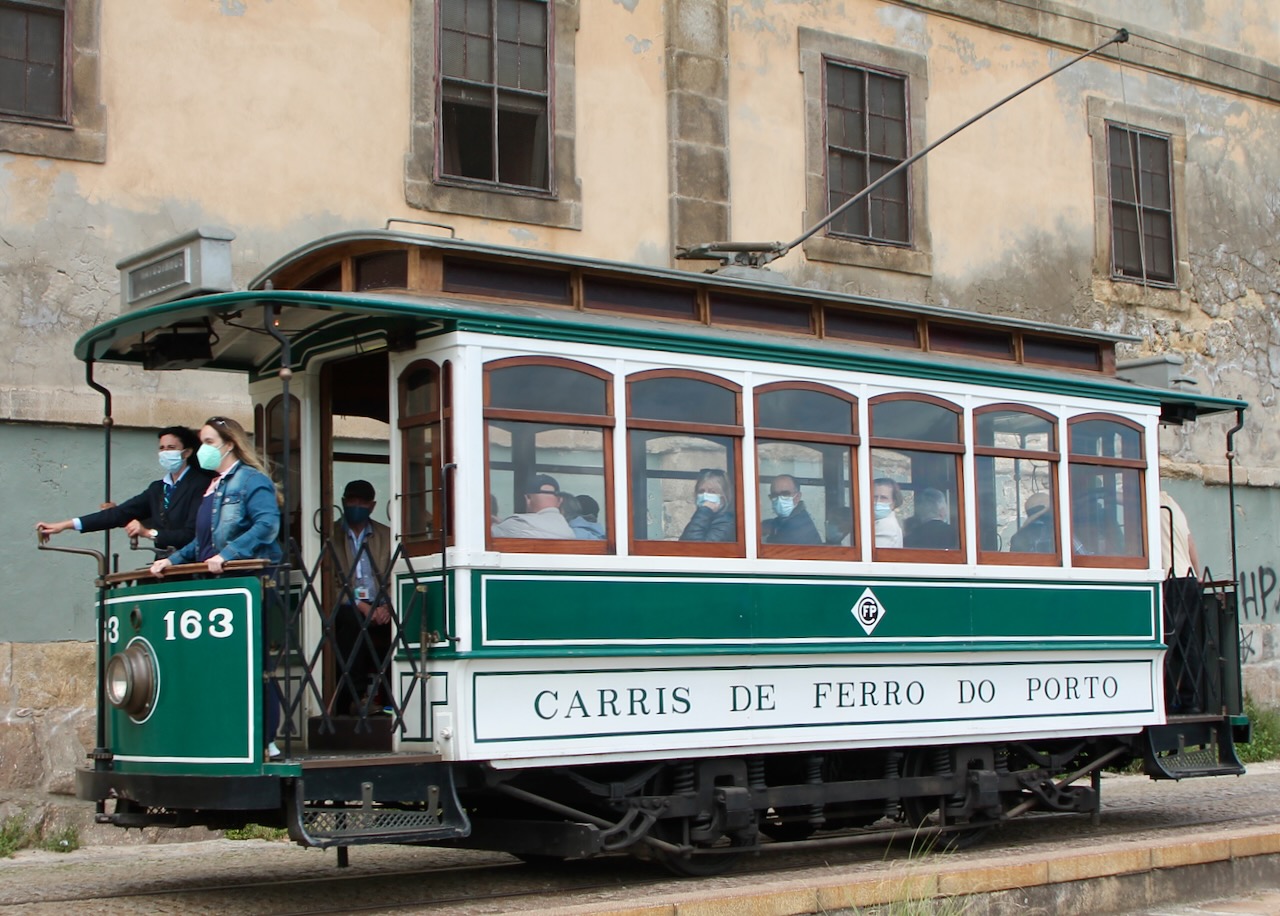
The 6-window Constructora trams
In 1904-1906 A Constructora delivered 24 cars with six windows on both sides and seats for 22 on 2 longitudinal benches of 5.22 m. The trucks came from Brill, the motors and controllers from Siemens. These were the last “Risca ao Meio” type cars. They were numbered 43-54, 57-66 and 68-69. Car no.46 was in…
-
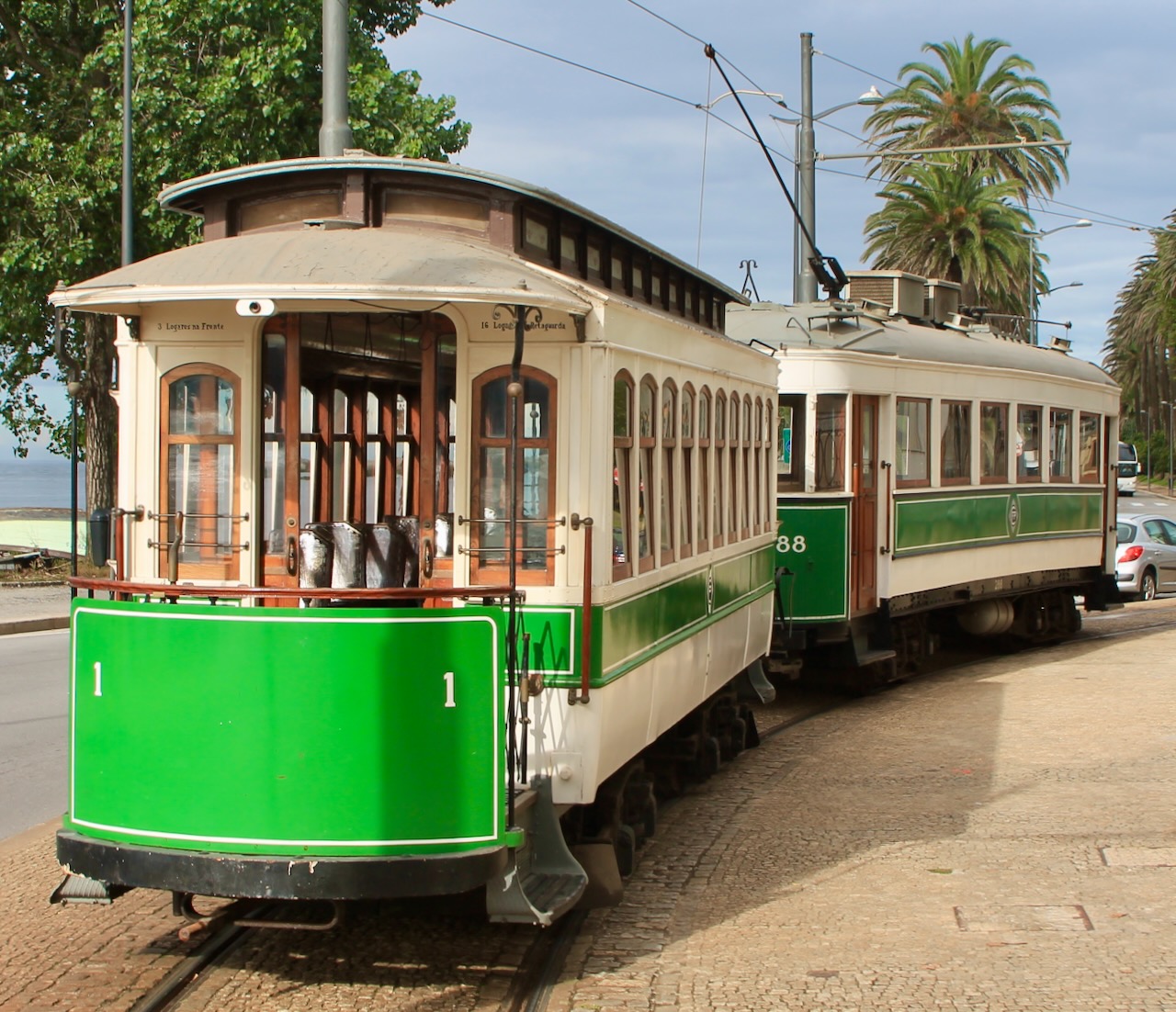
The Bogie Trailers of the Porto Trams
The body of trailer 1 was, together with the small body which was used for CE 250, made in 1909 by A Constructora without having received a firm order. After some discussion the CCFP acquired both bodies, used the large one for trailer 1 and ordered from A Constructora six more bodies of this type…
-
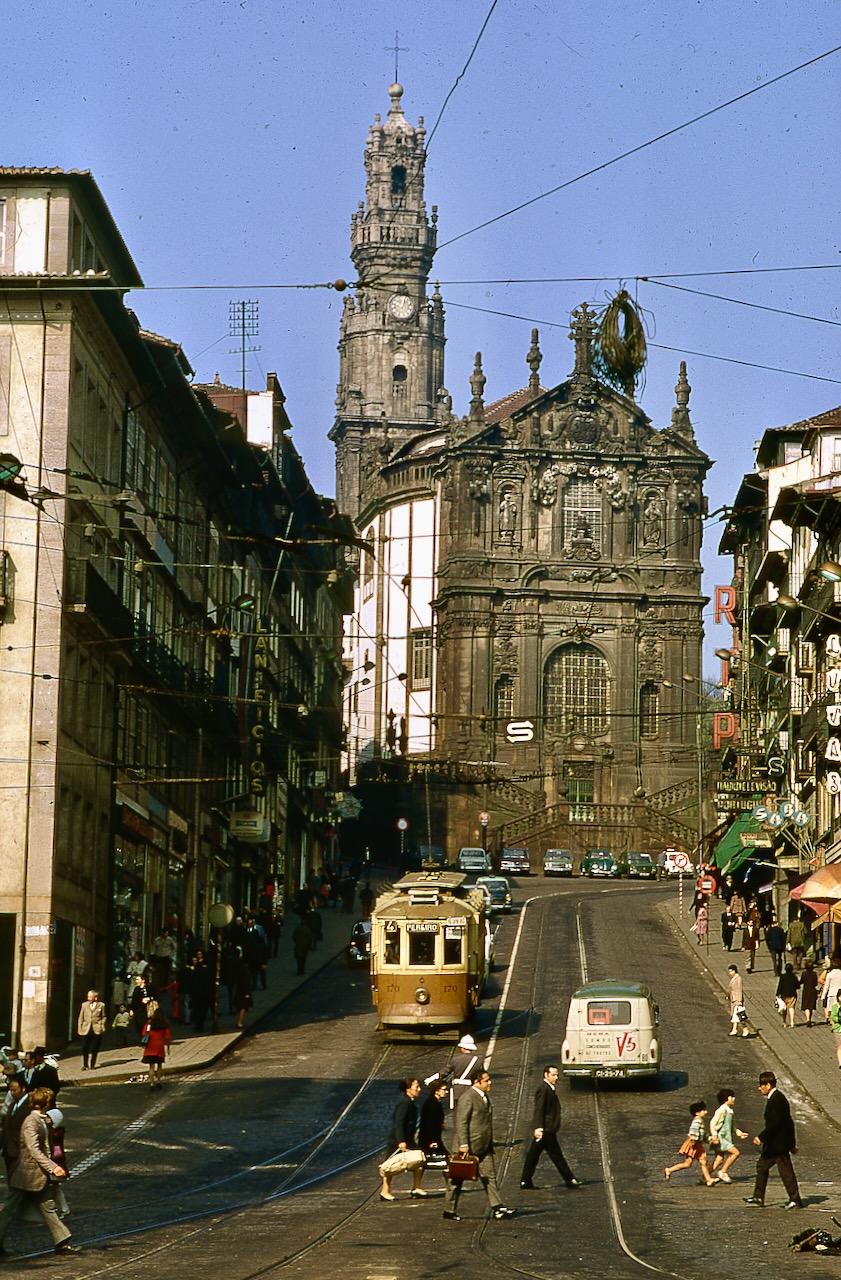
The Porto Electric Tram Network, the STCP years since 1946
The first electric tramline in Porto was opened in 1895. Until 1946 the network was operated by the CCFP: Companhia Carris de Ferro do Porto. This was a private company. In 1946 the operations were taken over by the municipal owned STCP: Serviço de Transportes Colectivos do Porto (now Sociedade de Transportes Colectivos do Porto)…
-
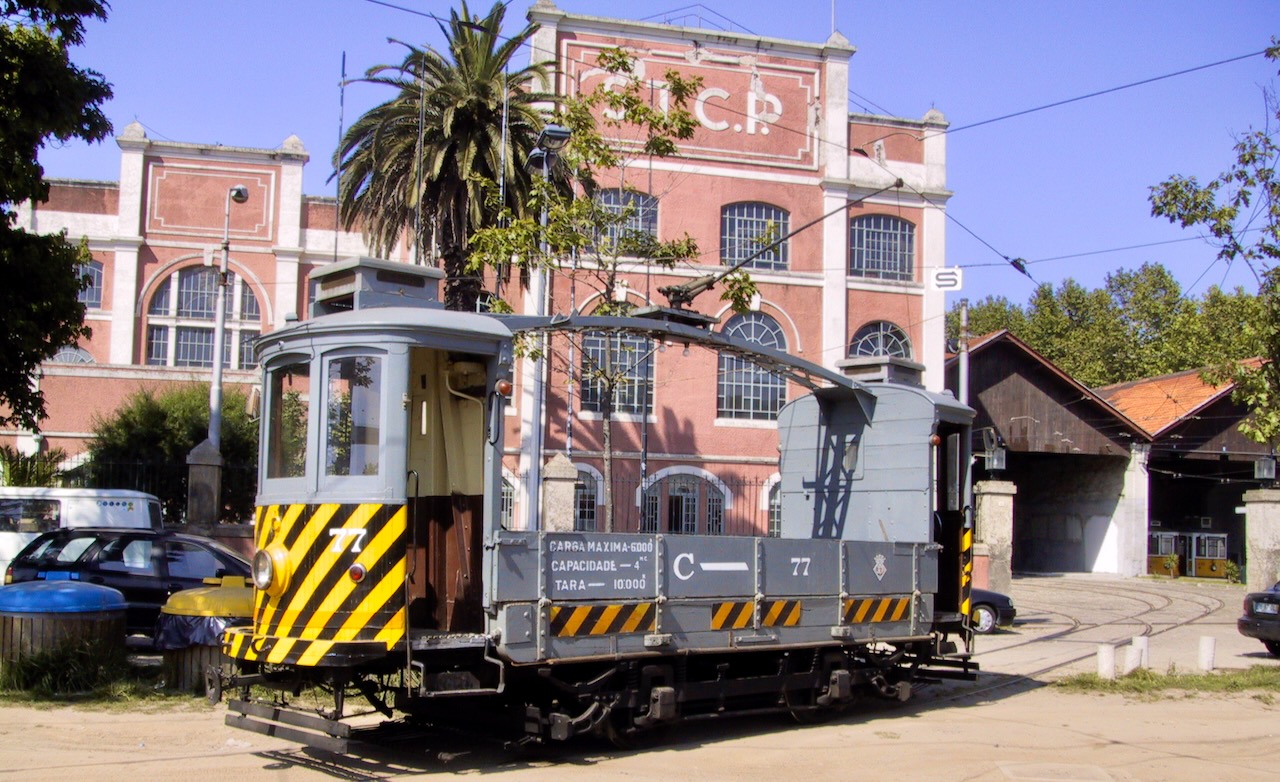
The Porto Freight Trams
On few urban tram systems freight trams were operated. There were urban systems having transport of a single type of goods over a single route, but Porto was exceptional with significant transport of many different kinds of freight with sidings for (un)loading scattered over most of the network. This page gives an overview, although not…
-
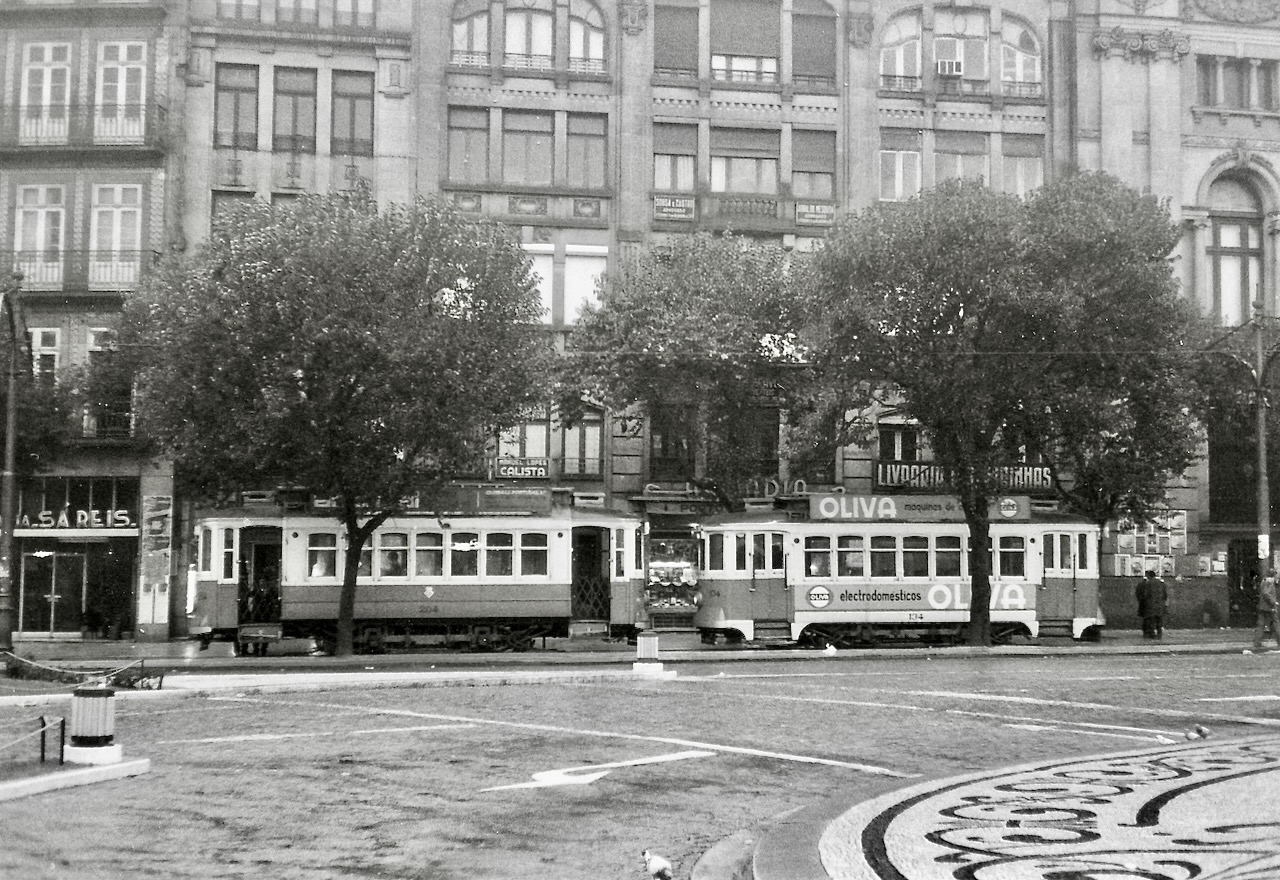
Praça da Liberdade
Praça da Liberdade, until 1910 Praça Dom Pedro IV, is the heart of the city of Porto. When the first mule trams arrived here in 1875, the Northern side was still occupied by the old city-hall. Most mule trams did not have their terminus on Praça, but continued to another destination. There were only single…
